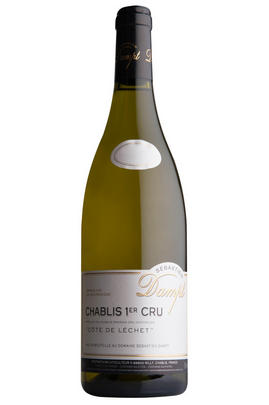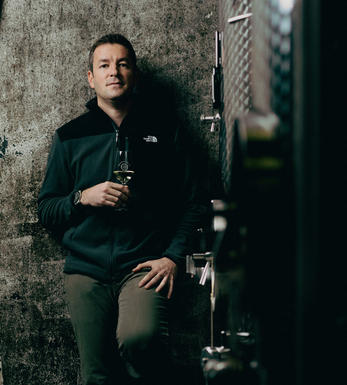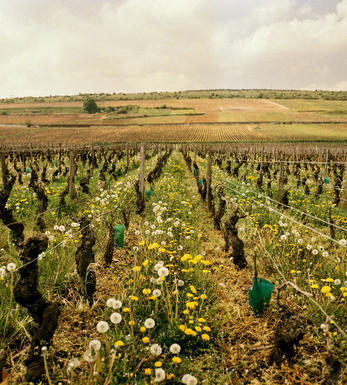
2021 Chablis, Côte de Léchet, 1er Cru, Domaine Sébastien Dampt, Burgundy

Critics reviews
Delightful pale lemon and lime. Some elegance to the nose. Not very extrovert nonetheless. More length and less mineral is Vincent’s view of Léchet, in contrast to Vaillons. Good body, white fruit wanting to emerge but there is still a limey framework.
Drink 2025 - 2028
Jasper Morris MW, Inside Burgundy (January 2023)
About this WINE

Domaine Sebastien Dampt
Sébastien Dampt is a rising star of Chablis and a new producer to the BBR fold. He is part of a dynasty that has been making wine in the region for over 150 years. Having studied in Beaune and gained experience around France, he returned to work for the family domaine in 2005 alongside father Daniel and brother Vincent. In 2007 he took 7 ha of family land and created an estate in his own name based in Milly to west of Chablis.
Split 50/50 between Village wine and Premier Cru, the wines are all vinified and raised in stainless steel to preserve the classic, steely appeal much loved of this venerable region.

Chablis Premier Cru
Chablis Premiers Crus are stylish, minerally wines which, typically, are less intense than the Grand Crus but finer and longer-lasting than basic Chablis. They are highly underrated with the better examples outclassing many a good village white Burgundy.
The vineyards cover 750 hectares, scattered across 15 communes on isolated slopes with good exposure. There are 17 principal Premiers Crus but in total 79 vineyards are eligible, with most of the lesser-known ones using a more familiar umbrella name on their label. The best flank the Grands Crus on the north bank of the River Serein, like Montée de Tonnerre (probably the best of all), Fourchaume and Mont de Milieu.
Those just south of Chablis, like Vaillons, Montmains (especially Les Forêts) and Côte de Léchet are also good. With the vineyard area having doubled since the 1970s, quality varies enormously so, as ever, the producer is key.
Styles also vary, with some maturing and fermenting in stainless steel for a purer, more minerally style, while others age and sometimes even ferment their wines in oak for extra complexity. The best examples reach their apogee at eight to 10 years, but are normally enjoyed long before then.
Recommended producers: Jean-Claude Bessin, Billaud-Simon, Séguinot-Bordet, J.-P. & Benoit Droin, Duplessis, Defaix

Chardonnay
Chardonnay is often seen as the king of white wine grapes and one of the most widely planted in the world It is suited to a wide variety of soils, though it excels in soils with a high limestone content as found in Champagne, Chablis, and the Côte D`Or.
Burgundy is Chardonnay's spiritual home and the best White Burgundies are dry, rich, honeyed wines with marvellous poise, elegance and balance. They are unquestionably the finest dry white wines in the world. Chardonnay plays a crucial role in the Champagne blend, providing structure and finesse, and is the sole grape in Blanc de Blancs.
It is quantitatively important in California and Australia, is widely planted in Chile and South Africa, and is the second most widely planted grape in New Zealand. In warm climates Chardonnay has a tendency to develop very high sugar levels during the final stages of ripening and this can occur at the expense of acidity. Late picking is a common problem and can result in blowsy and flabby wines that lack structure and definition.
Recently in the New World, we have seen a move towards more elegant, better- balanced and less oak-driven Chardonnays, and this is to be welcomed.


Buying options
Add to wishlist
Description
Delightful pale lemon and lime. Some elegance to the nose. Not very extrovert nonetheless. More length and less mineral is Vincent’s view of Léchet, in contrast to Vaillons. Good body, white fruit wanting to emerge but there is still a limey framework.
Drink 2025 - 2028
Jasper Morris MW, Inside Burgundy (January 2023)
wine at a glance
Delivery and quality guarantee